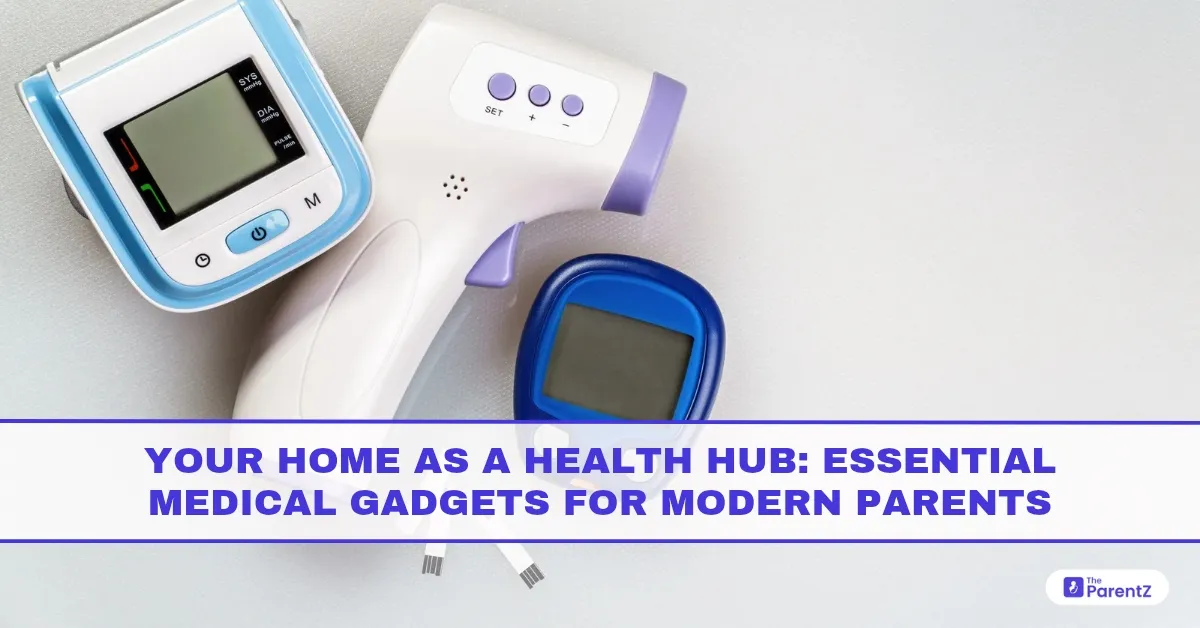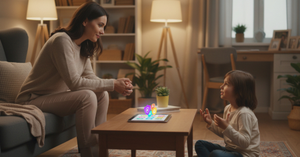“An ounce of prevention is worth a pound of cure.” – Benjamin Franklin
Every parent knows that parenting is part love, part instinct, and part panic during midnight fevers! Whether it’s a toddler who feels unusually warm or a baby who’s coughing more than usual, having the right tools at home can make all the difference between anxiety and action.
Let’s step into the home of Ananya and Rohit, parents of a 4-year-old daughter named Tara. One chilly December night, Tara developed a fever. Her cheeks were flushed, and she seemed drowsy. Instead of rushing to the hospital at midnight, Ananya calmly took out their digital thermometer and checked Tara’s temperature, 102°F. It was a mild fever, manageable at home with rest, fluids, and paracetamol under pediatric guidance.
That simple act of having a digital thermometer empowered them. Tara was better by morning, and the family saved themselves a stressful trip.
The Right Tools, the Right Time
It’s not about filling your shelves with high-tech gadgets; it’s about having a few reliable, easy-to-use devices that give you confidence when your child’s health feels uncertain.
Take a pulse oximeter, a small, affordable clip that measures oxygen levels. During the recent wave of respiratory infections, Rohit used it when Tara had a persistent cough. Seeing her oxygen level at a healthy 98% gave them the reassurance to continue home care, while still watching for warning signs.
Or consider a nebulizer a true blessing for parents of kids with asthma, wheezing, or frequent colds. A friend of mine, Neha, often talks about how their nebulizer feels like “a mini-clinic at home.” When her 3-year-old son, Aryan, gets a cold that turns into a chesty cough, they use the nebulizer under their pediatrician’s advice, helping Aryan breathe more easily without multiple hospital visits.
Beyond Devices: Trust Your Instincts, Too
Gadgets are helpers, not replacements for your intuition and your doctor’s advice.
A thermometer can tell you the temperature, but only you can determine if your child is too drowsy, refusing to feed, or struggling to breathe; these are signs that require immediate medical attention.
A pulse oximeter can show numbers, but your eyes will tell you if your child is pale or gasping.
A nebulizer can help ease a wheeze, but a doctor will guide the use of the right medications and doses.
Creating a Calm, Confident Health Hub at Home
Here’s the beauty of it: with just a few essentials, a digital thermometer, a pulse oximeter, and if needed, a nebulizer, you’re already prepared for most common childhood health hiccups.
Add a well-stocked first aid kit and a list of emergency contacts, and you’ve built a health hub that’s ready to handle fevers, coughs, minor cuts, and even those moments when you just need to double-check if your child is okay.
Conclusion
As the great Maya Angelou said:
“Hoping for the best, prepared for the worst, and unsurprised by anything in between.”
That’s the heart of parenting in today’s world. With love, knowledge, and a few good tools, you’ve got this.








Be the first one to comment on this story.